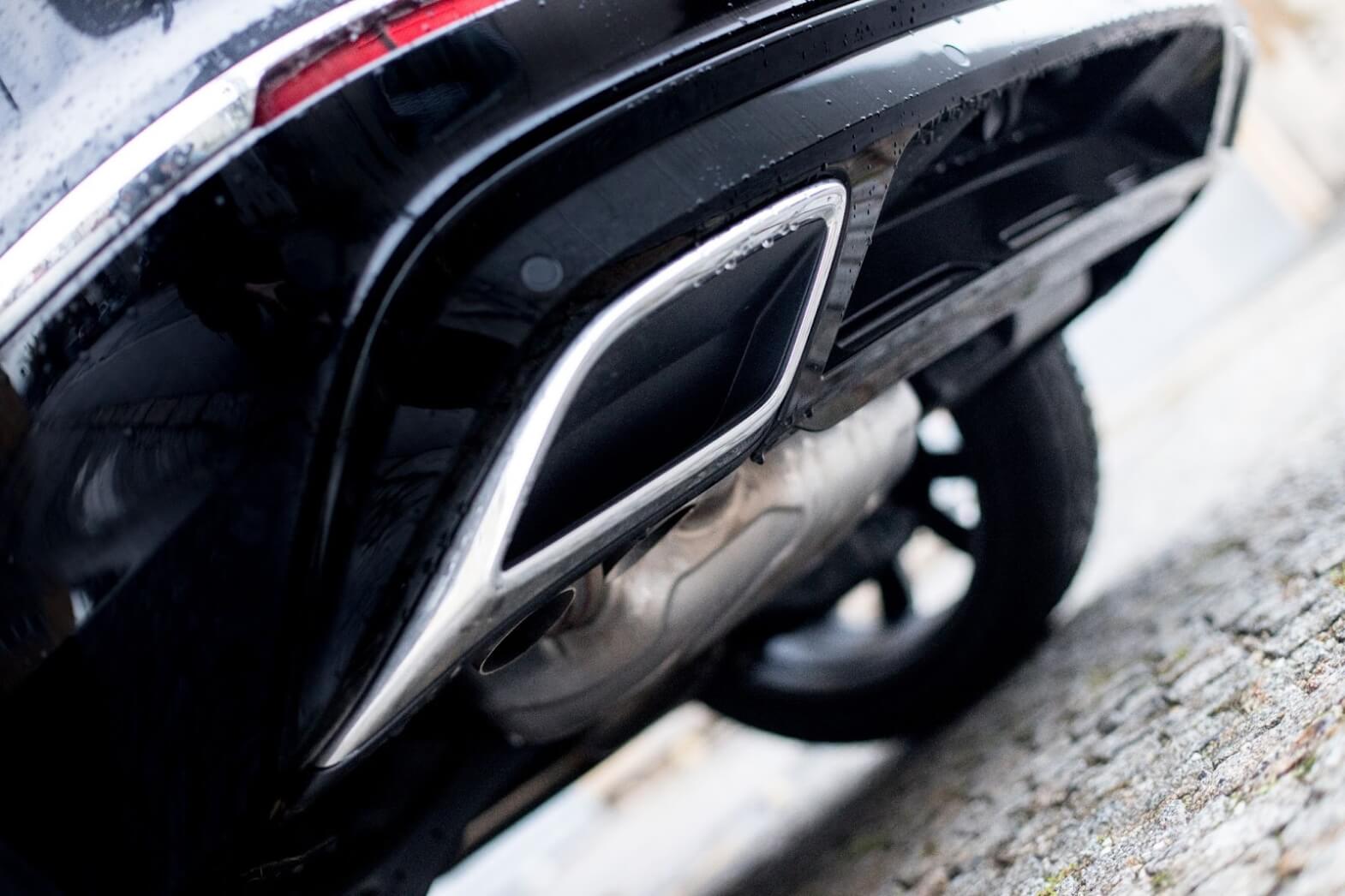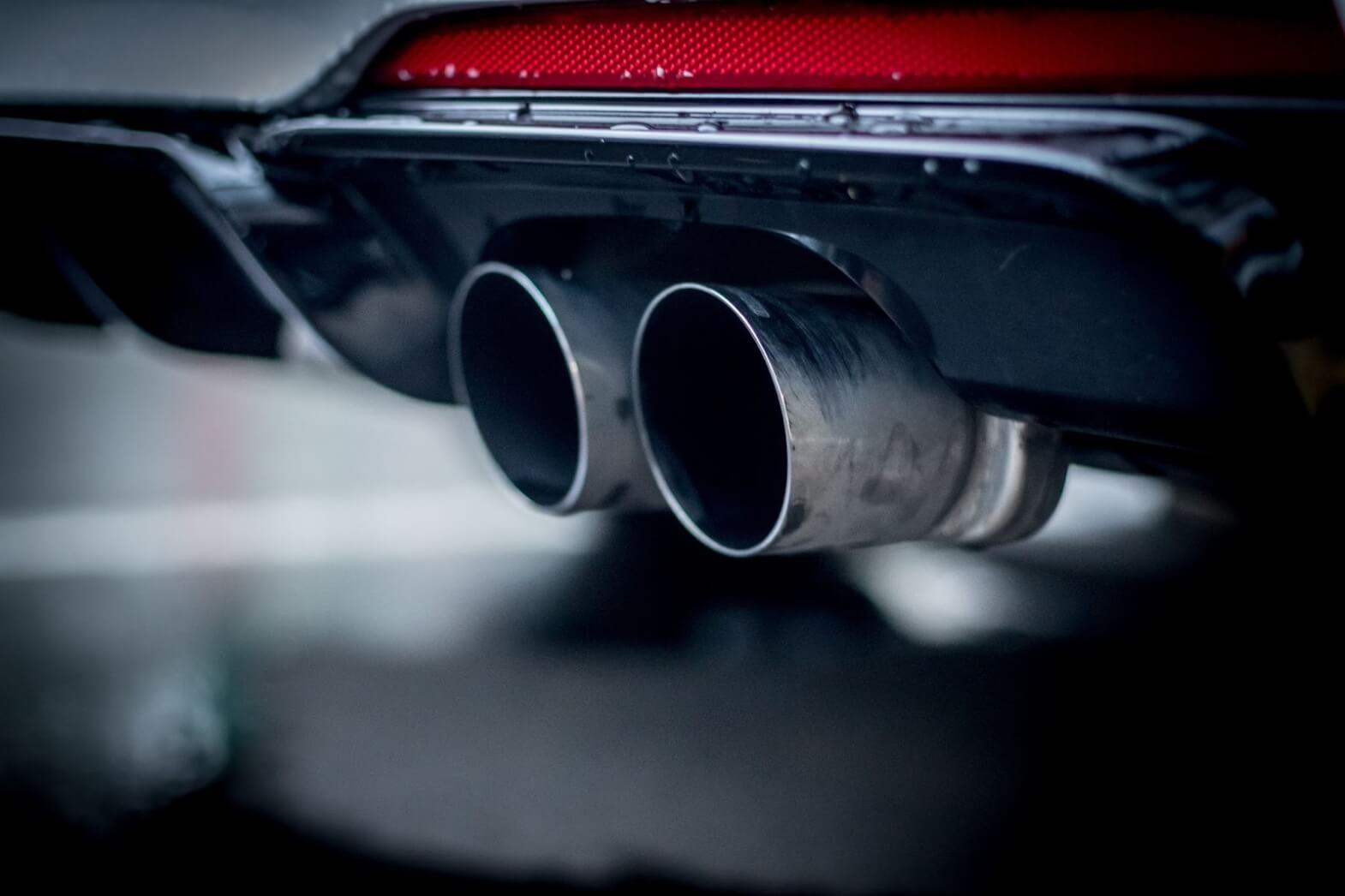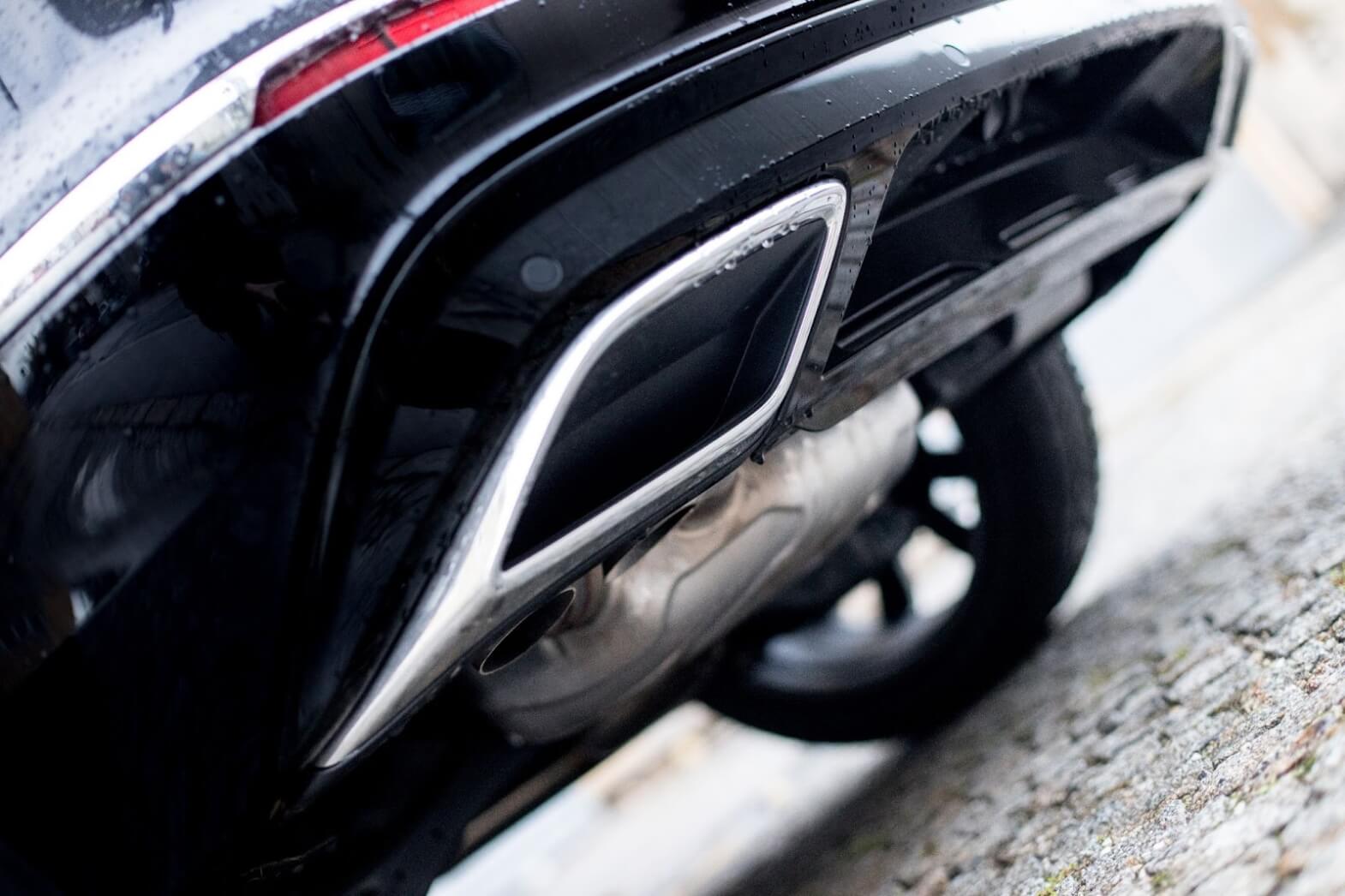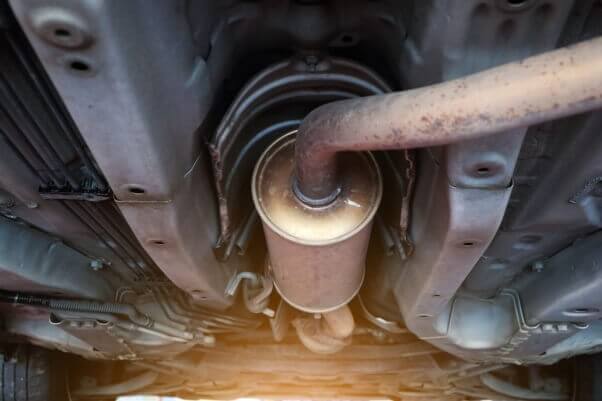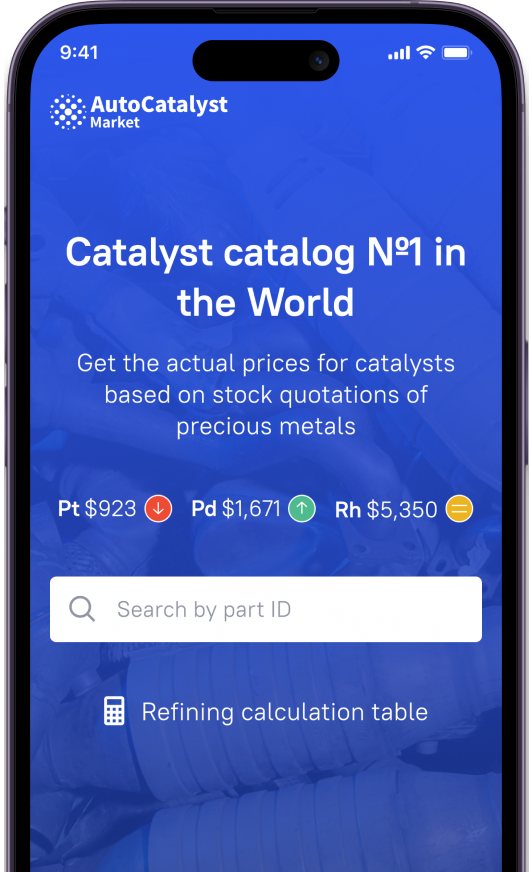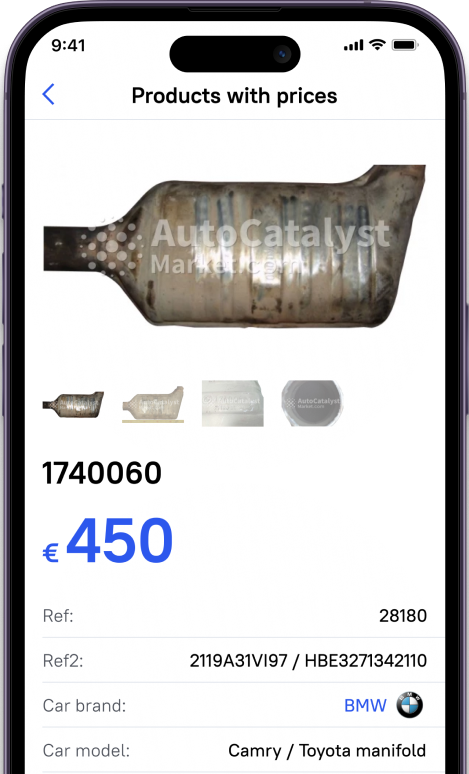- Catalytic converter device and features
- Device
- Function
- Why are catalytic converters worth so much?
- How much can you earn from selling an old catalytic converter?
- How to estimate the catalytic price on AutoCatalystMarket
Catalytic converters serve as essential components in every vehicle. Originating in the mid-20th century and entering mass production by the 1970s, modern vehicles adhere to exhaust emission regulations, mandating the inclusion of catalytic converters. What sets this component apart is its enduring value; even after approximately 100,000 miles, it's not disposed of conventionally once it fails. Repairing isn't an option either, so what alternatives exist? Recycling emerges as the optimal choice for used catalytic converters, offering an average earning potential ranging from $50 to $250. Why is a catalytic converter so expensive? Delving into the intricacies of its design, this article explores the answer while also providing insights into proper evaluation techniques and sales methods.
Catalytic converter device and features
To understand what’s in catalytic converters that are worth money, let’s see how it works, what is inside, and its function.
The catalytic converter is a crucial component of a vehicle's exhaust system designed to reduce harmful emissions. Here's an overview of its device and functionality:
-
Device
- Ceramic or metallic substrate: The core structure of the catalytic converter, typically made of ceramic honeycomb or metallic mesh, provides a large surface area for catalyst contact.
- Catalyst coating: Platinum (Pt), palladium (Pd), and rhodium (Rh) are dispersed onto the substrate, serving as catalysts for chemical reactions.
- Shell: A stainless steel shell encases the substrate and catalyst, protecting them from external damage.
-
Function
- Oxidation of pollutants: In the first stage, the catalyst promotes the oxidation of harmful gases such as carbon monoxide (CO) and hydrocarbons (HC), converting them into less harmful compounds like carbon dioxide (CO2) and water (H2O).
- Reduction of nitrogen oxides: In the second stage, the catalyst facilitates the reduction of nitrogen oxides (NOx) through reactions with carbon monoxide and hydrocarbons, converting them into nitrogen (N2) and oxygen (O2).
Pt, Pd, and Rh content is what makes catalytic converters so expensive. Let us discover why.
Why are catalytic converters worth so much?
Let us see what makes catalysts cost so much, and what factors affect the catalytic price:
- Platinum, Palladium, and Rhodium are precious metals that are hard to find and develop in nature. The quantity of such content in catalytic converters primarily affects its price.
- Precious metals have applications in many industries such as medicine, jewelry, and catalytic converter manufacturing. Hence, the supply and demand factors also take place in this regard.
- Precious metal exchange: The market represents overall supply and demand ratios with quotes for Pt, Pd, and Rh. These quotes bridge the gap across all the industries where these metals have applications. Moreover, the market itself has its speculative influence as many are involved in trading to benefit from that.
In general, the uniqueness and high demand for precious metals is what makes a catalytic converter valuable. This also underscores the significance of catalytic converter recycling. Engaging in this practice not only embodies your individual impact on the global economy but also presents an avenue for financial gain. Moreover, it stands as a tangible contribution toward safeguarding the environment.
How much can you earn from selling an old catalytic converter?
The earnings from selling an old catalytic converter can vary significantly depending on several factors. Primarily, the value hinges on the type of converter and its condition. Converters from larger vehicles like trucks often contain more precious metals and thus fetch higher prices compared to those from smaller cars. Additionally, the current market prices of precious metals such as platinum, palladium, and rhodium significantly influence the potential earnings. For instance, if platinum prices are high, converters with a higher platinum content will command greater value.
Moreover, local regulations and laws play a role in determining prices, as they can affect the availability of converters in the market and influence demand. Supply and demand dynamics in the recycling industry also impact prices, with fluctuations occurring due to changes in recycling rates, global economic conditions, and geopolitical factors.
On average, one can expect to earn anywhere from $50 to $250 for selling an old catalytic converter. However, prices can occasionally exceed this range, particularly if the converter is from a high-value vehicle or contains a significant amount of precious metals - catalytic converter metal value. To get an accurate estimate, individuals should consult local scrap yards, metal recyclers, or online platforms to assess current market prices and potential earnings.
How to estimate the catalytic price on AutoCatalystMarket
The AutoCatalystMarket is an online platform for buying and selling catalysts. Here you will find all the valuable information on your catalytic converter. To estimate the price, all you need to do is find the serial number on your converter’s body. Put that number into the site’s search and you get all the information about your catalyst, including quotes, estimated prices, and pictures with descriptions. The library boasts over 25,000 units accessible on top of your fingerprints.
AutoCatalystMarket allows you to avoid visiting scrap yards and do all you need online. Here you can also find reputable buyer companies in your region by utilizing the ‘Buyers’ section. The buyer will do all the routine to recycle your catalysts after shipping and give you the current price based on the actual quantity of precious metals inside your catalytic converter after analysis of the content. Besides, the turnover on online platforms is much higher than any local scrapyard could offer, which means better prices.

